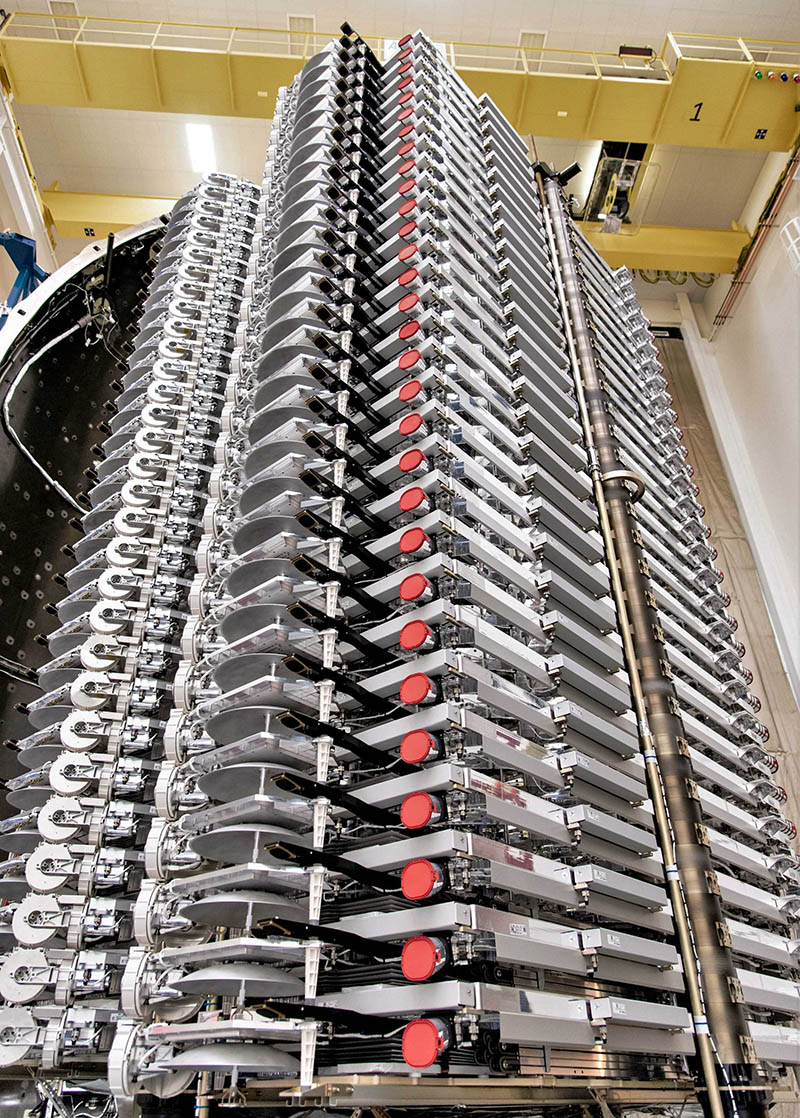Each year space contributes over 400 billion US$ to the global economy, with only around 20% of that from the budgets of national governments. And all this money, worldwide, employs over 1 million people.
Now, those million people, they’re not all building spacecraft. In-fact, the value of spacecraft launched each year is less than one-eighth of that total value.
So, where is the majority of the money? Well, products and services enabled by spacecraft are worth more than half of the total, and growing fast.
But, what are these services and products? Well, the most valuable service from space is communications, with direct-to-home television dominating this, that is, using a geostationary satellite to provide television services.
But also, around half the world’s population don’t have reliable access to the internet. Space offers the potential to provide this, where it would otherwise be prohibitively expensive. Similarly, space enables reliable, and high-quality communications far from terrestrial infrastructure. That’s how you get WiFi on a plane.
Geostationary satellites are attractive as a single satellite can provide services to a whole continent. But, due to the speed of light and the distance to geostationary orbit, it typically takes a minimum of about a quarter of a second for a signal to go from ground to geostationary orbit, and back to ground. Which is fine for television, but not great if you’re trying to play an online game, or trying to have a video call. And, since the speed of light is fixed, the only way to reduce this lag is to move the spacecraft closer.
Low-Earth orbiting satellites can have a communication latency of less than 10ms. But, a global service requires tens, if not thousands of spacecraft. However, there are several well-established constellations, such as Iridium and Globalstar, doing this with tens of spacecraft. And, today we are seeing a race to deploy so-called mega-constellations in low-Earth orbit. These constellations are planning for thousands, even tens of thousands of spacecraft.
And, it’s not just one or two constellations. SpaceX are already deploying the Starlink constellation, Amazon are working on the Kuiper Systems, Facebook on the Athena systems, and more from Telesat, and others.

These constellations will focus on data communications, things like home and mobile broadband, and the so-called Internet of Things, or Machine-to-Machine communications. This is where sensors report on the health of whatever they are monitoring, say, a jet engine on a plane, or the cold chain equipment required to transport some medicines, such as the polio vaccine, and ensure those vaccines remain effective.
Global Navigation Satellite Systems (GNSS) have been deployed by several militaries. But, non-military user’s benefit from the free availability of the signals. In the UK, for example, it is estimated that over 13% of the non-financial business economy gross domestic product is supported by GNSS. And, of course, with our smartphones and watches we almost all have access to at least two different GNSS signals. Even if we don’t know it.
In Earth observation, many of the capabilities once reserved for military users are now available commercially. And, as with communications, the military procure Earth observation data from private companies. In the US, these companies can sell images to anyone down to a spatial resolution of 25cm, that is, each pixel is 25cm on the ground, or about the size of a basketball. But you might ask, does everyone really have equal access to this data? Well, no. The US government can exercise so-called shutter control, and stop a company taking images of a certain area. And, although they haven’t ever done this, they have done what’s termed chequebook shutter control, where they just buy exclusive rights to all the available images of a certain area.
Imagery of Earth is used in a myriad of applications. Early adopters included farming and forestry, where you can identify the species of tree, estimate land value, measure the health of a crop, or even predict a crop yield. But the list of users is virtually endless. Today, we even have video available from space.
Other forms of remote sensing are or have already entered the commercial market, from radar images, to meteorological data, and electronic surveillance, that is, geolocating radio transmissions from Earth. These new, commercial datasets are driving business analytics, supply chain insights, and the financial markets.
And, it’s not just with robotic spacecraft that we are seeing commercial opportunities. The US government procures access to the International Space Station as a commercial service from private companies, and space tourism is an emerging market. We’re even seeing private companies setting up equipment on the International Space Station, which is now open to private astronaut flights, which looks set to include a Tom Cruise movie being shot on-board.
And finally, what of the future? Well, potentially, we’ll start to see things like asteroid mining and in-space manufacturing. But, the cost of asteroid mining likely can’t overcome the value of whatever you mine if that value can only be released on Earth. So, commercially, it would be more attractive to sell whatever you have mined, in space. No matter your product. And so, starting to expand our economy beyond Earth.
Electronic & Electrical Engineering
Royal College Building
204 George St.
Glasgow G1 1XW